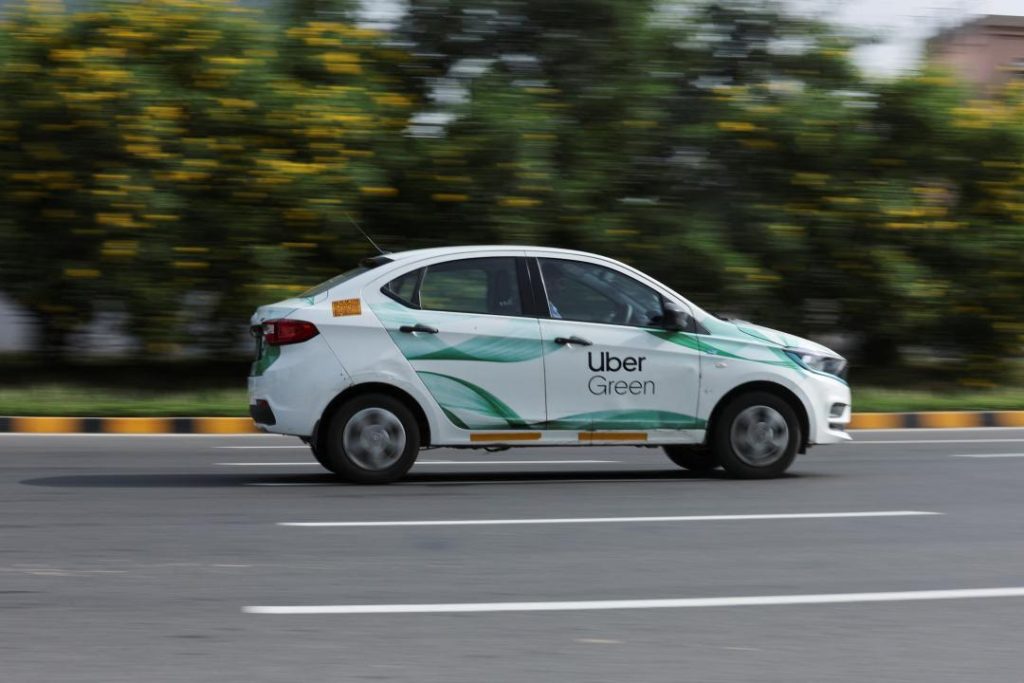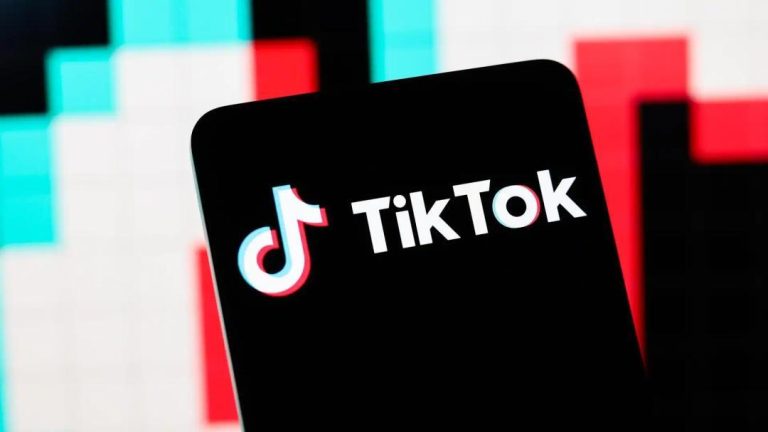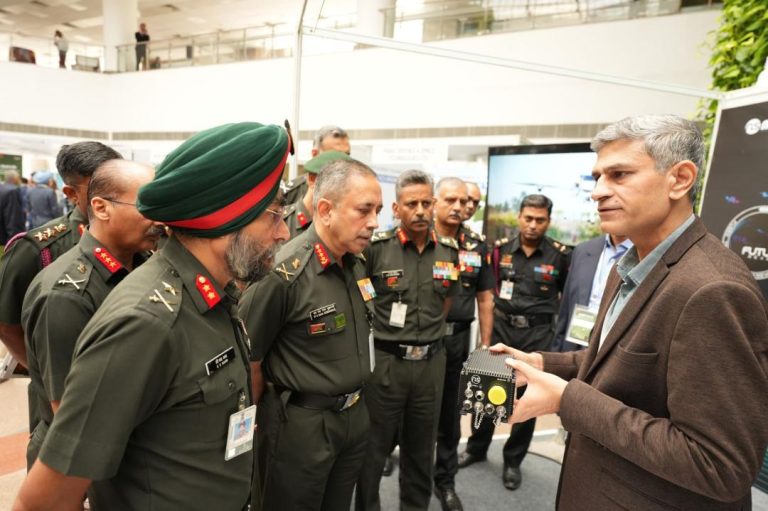
Title: Why are Ola, Uber & Rapido drivers on indefinite strike in Mumbai?
The streets of Mumbai, once bustling with the hum of ride-hailing services like Ola, Uber, and Rapido, have been eerily quiet in recent days. The reason behind this sudden disruption lies with the drivers of these services, who have been on an indefinite strike since [date]. The strike has resulted in longer wait times and fewer cabs on the road, causing inconvenience to commuters across the city.
The drivers’ union, which represents over 50,000 ride-hailing drivers in the city, has been demanding better pay and more affordable operating costs. According to reports, the drivers are struggling to make ends meet due to the low earnings they receive after deducting aggregator commissions and fuel expenses. In fact, they claim that their actual income falls to just ₹8-12 per kilometre, which is unsustainable amid rising fuel and maintenance expenses.
So, why have Ola, Uber, and Rapido drivers resorted to this drastic measure? What are the underlying issues that have led to this strike, and what does it mean for the future of ride-hailing services in Mumbai?
The Drivers’ Plight
The drivers’ union has been vocal about the difficulties they face in making a living. According to them, the major problem lies with the commission structure of these ride-hailing services. While the drivers are required to pay a significant portion of their earnings as commission to the aggregators, the actual income they receive after deducting fuel expenses is meagre.
For instance, a driver who makes an average of ₹20,000 per month is forced to pay around ₹12,000 as commission to Ola or Uber. This leaves them with a paltry ₹8,000, which is barely enough to cover their expenses. With rising fuel prices and maintenance costs, it’s becoming increasingly difficult for the drivers to make a living.
The union has also pointed out that the fuel prices have increased by around 30% in the past year, making it even harder for the drivers to sustain themselves. “We are not asking for a raise, we are asking for a reduction in commission and fuel prices. We want a fair share of the profits we generate for these companies,” said a driver who wished to remain anonymous.
The Impact on Commuters
The indefinite strike has had a significant impact on commuters in Mumbai. The wait times for cabs have increased significantly, with some passengers waiting for hours to get a ride. The lack of available cabs has also led to an increase in fares, making it even more expensive for commuters to get around the city.
Moreover, the strike has also had an impact on the city’s economy. With fewer cabs on the road, people are being forced to rely on other modes of transportation, which can be expensive and time-consuming. The strike has also led to a loss of business for local restaurants, cafes, and other establishments that rely on ride-hailing services to transport customers.
The Future of Ride-Hailing Services
The strike has sent shockwaves through the ride-hailing industry, and it’s unclear what the future holds for Ola, Uber, and Rapido. The drivers’ union has given an ultimatum to the aggregators to reduce their commission rates and fuel prices, or face further action.
If the strike continues, it could have serious implications for the aggregators. The companies may be forced to find alternative ways to operate, such as partnering with local taxi associations or introducing new pricing models. However, this could also lead to a loss of customers and revenue for the aggregators.
Conclusion
The strike by Ola, Uber, and Rapido drivers in Mumbai is a wake-up call for the ride-hailing industry. The drivers’ plight is a symptom of a larger issue, which is the unsustainable commission structure and lack of support for the drivers. The aggregators must take steps to address these concerns and provide a better deal for the drivers.
In the meantime, commuters in Mumbai are left to navigate the city’s streets, waiting for a ride that may never come. As the strike continues, it’s clear that something needs to change. The future of ride-hailing services in Mumbai hangs in the balance, and it’s up to the aggregators to find a solution that works for both the drivers and the passengers.






